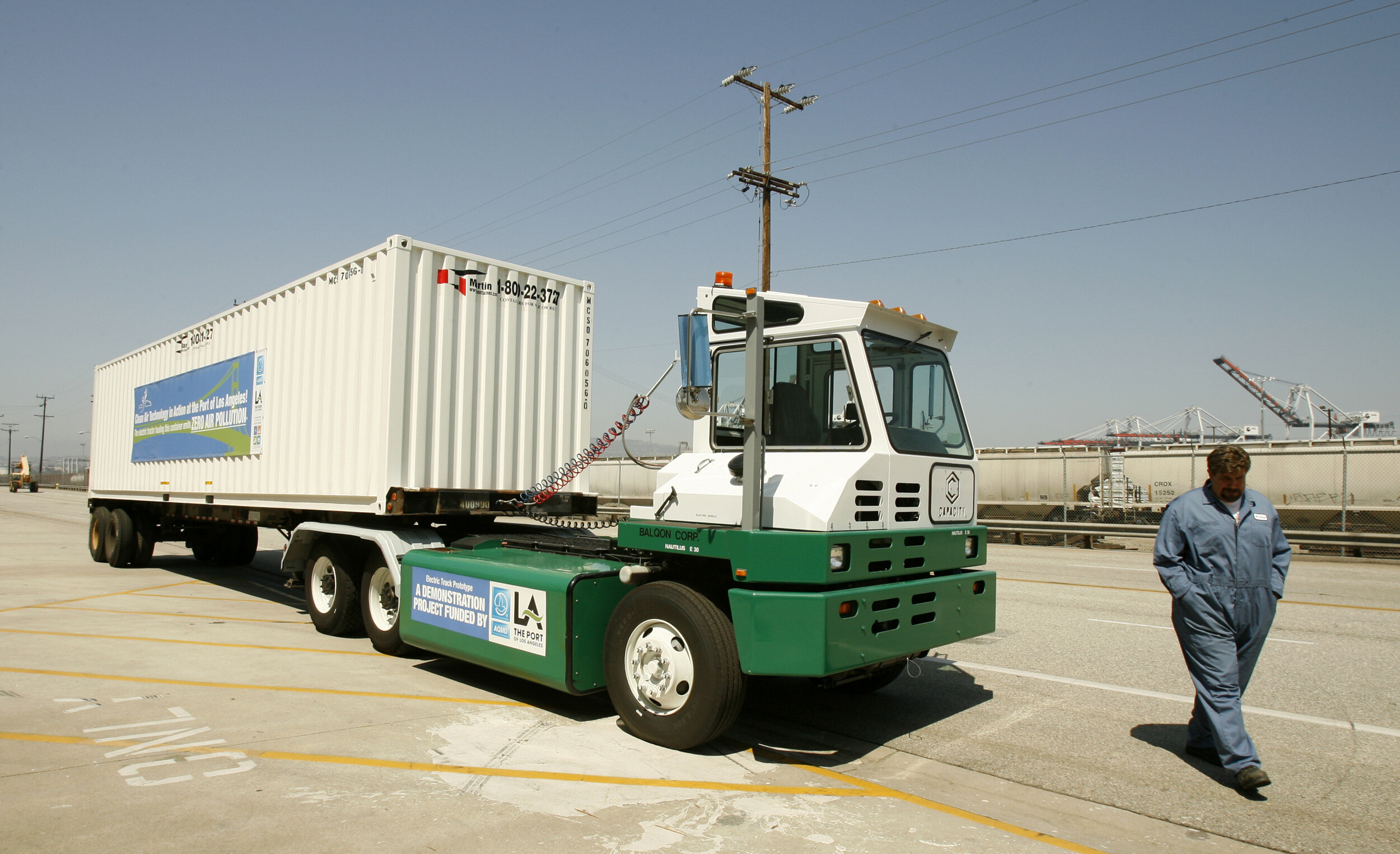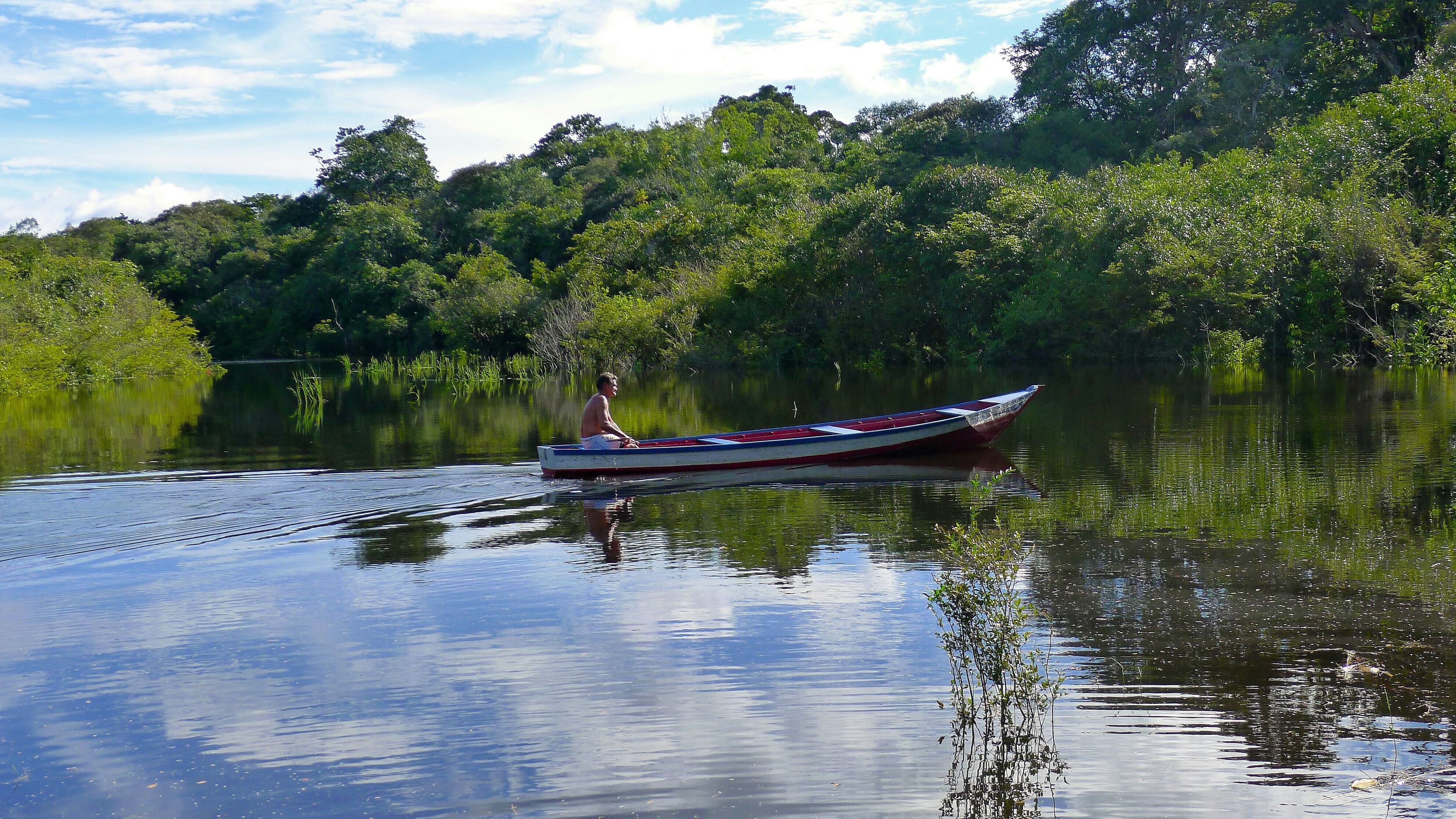This is why Greenland is melting

Sea ice like this one in the mouth of the Jakobshavn ice fjord near Ilulissat in Greenland is melting. Image: REUTERS/Bob Strong/Files
Researchers have discovered a link between disappearing Arctic sea ice and dogged weather systems that are rapidly melting the surface of Greenland.
During Greenland summers, melting Arctic sea ice favors stronger and more frequent “blocking-high” pressure systems, which spin clockwise, stay largely in place, and can block cold, dry Canadian air from reaching the island.
The highs tend to enhance the flow of warm, moist air over Greenland, contributing to increased extreme heat events and surface ice melting, according to a new study published in the Journal of Climate.
That, in turn, fuels sea-level rise, says Jennifer Francis, professor of marine and coastal sciences at Rutgers University, who calls rising seas a “monstrous” issue for coastal communities around the world. The increased melting on the Greenland ice sheet in recent years may also be linked to cooler-than-normal ocean temperatures south of the island, slowing ocean circulation.
“I think this study does a good job of pinning down the fact that the [Arctic sea] ice is disappearing for a whole bunch of reasons—and that is causing the surface of Greenland’s melt area to increase,” she says.
The Greenland ice sheet holds an enormous volume of frozen water, and the global sea level would rise about 20 to 23 feet if it all melted. Surface melting of the ice sheet has increased dramatically since the relative stability and modest snow accumulation in the 1970s, the study notes.
Since 2009, most of the increased rate of Greenland ice loss has stemmed from greater surface melting, heightening concerns that sea level-rise could accelerate beyond most projections and boost threat levels for coastal communities.
Last July 4th, the Greenland melt area covered more than half of its ice sheet for the first time since July 2012, according to the National Oceanic and Atmospheric Administration.
Sea-level rise is already “becoming very conspicuous and it’s going to be bad. It’s happening faster and faster as my Rutgers colleagues have been measuring,” Francis says. “This change is accelerating.”
Blocking-high pressure systems over Greenland usually form when a lot of warm air is in the Arctic. And so far this year, it’s been extremely warm and Arctic sea ice has been at record low levels for this time of year.
The Arctic warmth tends to weaken the jet stream, which typically flows west to east, allowing it to meander more to the north and south. The jet stream can take “such a big northward swing that it actually kind of breaks off and forms a closed circulation,” Francis says. Further, blocking highs tend to be persistent and hard to forecast.
“Whenever there’s a big melt year in Greenland, on the surface anyway, it’s usually because there’s either a blocking high or a large northward swing in the jet stream and both of those things tend to be long-lived features in the circulation,” she says. Both transport a lot of heat, moisture, and clouds over the Greenland ice sheet, leading to more melting.
The increased melting may lead to a slowdown of the circulation in the North Atlantic ocean, she says. A large pool of abnormally cool ocean water south of Greenland that could slow circulation was first observed in late 2013. Time will tell whether it’s more than a temporary phenomenon.
Researchers from the University at Albany, the Chinese Academy of Sciences in Beijing, the University of Georgia, and Peking University are coauthors of the study.
Don't miss any update on this topic
Create a free account and access your personalized content collection with our latest publications and analyses.
License and Republishing
World Economic Forum articles may be republished in accordance with the Creative Commons Attribution-NonCommercial-NoDerivatives 4.0 International Public License, and in accordance with our Terms of Use.
The views expressed in this article are those of the author alone and not the World Economic Forum.
Stay up to date:
Climate Crisis
Forum Stories newsletter
Bringing you weekly curated insights and analysis on the global issues that matter.
More on Climate Action and Waste Reduction See all
Wee Kean Fong and Yvonne Zhou
November 19, 2025







